
What Will Happen at the NATO Summit in Washington, D.C. Next Week?
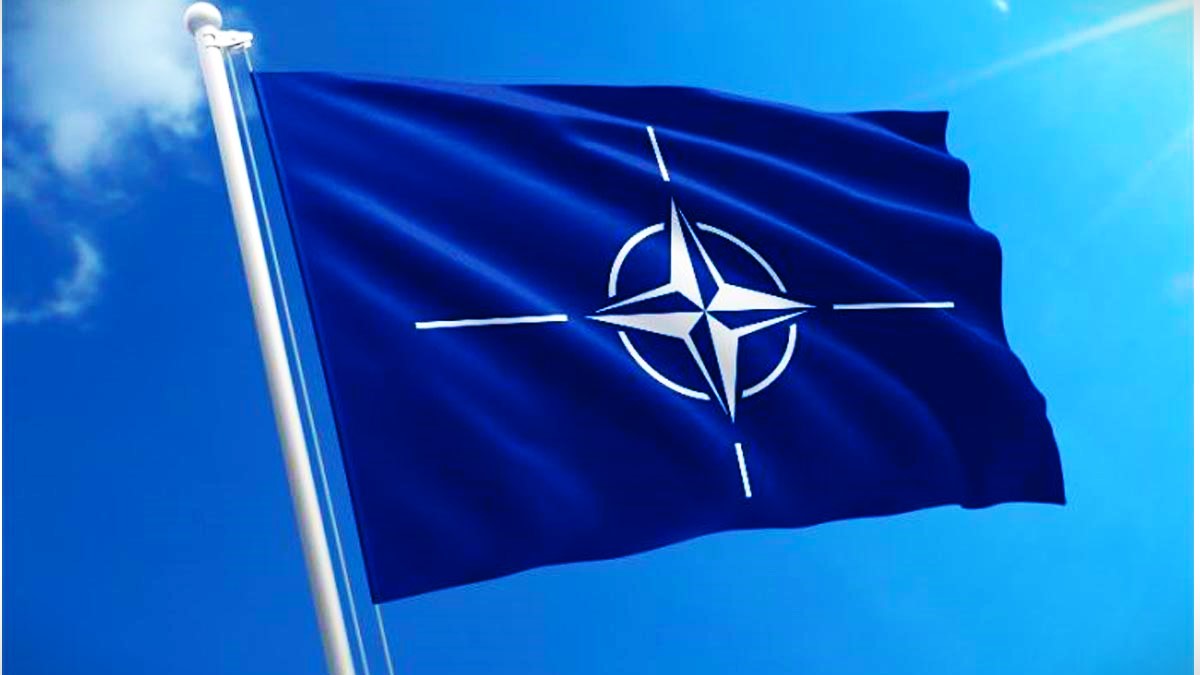
Next week, on July 9–11, the leaders of NATO will gather in Washington, D.C., for a historic summit, 75 years on since the alliance’s founding in 1949. The meeting comes at a perilous time in NATO’s history, with the alliance facing a war in Europe amid several global crises.
According to Jens Stoltenberg, NATO’s secretary general, the Washington summit will focus on three major topics. The first is boosting allied defense and deterrence, “NATO’s core business.” The second is supporting Ukraine’s efforts to defend itself, “the most urgent” agenda item. The third is continuing to strengthen NATO’s global partnerships, “especially in the Indo-Pacific.” The summit will also be Stoltenberg’s last, as he hands over the reins to current Dutch prime minister Mark Rutte. NATO’s agenda will also be competing for airtime with the U.S. presidential race.
Q1: What is on NATO’s defense and deterrence agenda?
A1: Since Russia’s annexation of Crimea in 2014, NATO’s main priority has been to strengthen defense and deterrence to avoid war. This agenda was transformed two years ago after Russia’s full-scale invasion of Ukraine. NATO agreed to a new strategic concept at the Madrid summit that built on existing efforts to enhance defense and deterrence. One year later, in Vilnius, allies agreed to new plans to meet that vision. The Washington summit will focus on implementing these plans to deter armed attack and defend the alliance.
Since Madrid, NATO allies have made substantial progress on implementation. They have hiked up defense spending, boosted forward defense, increased high-readiness forces, modernized command and control, transformed collective defense exercising, and successfully integrated new allies Finland and Sweden. All this means NATO is ready to “fight tonight.”
However, the question remains as to whether NATO is ready to fight—and thereby deter—a protracted war, like the one in Ukraine. This is most relevant in Europe, to strengthen the “European pillar” of NATO. Here, allied leaders will need to agree to four “mores”: more cash, more combat power, more capabilities, and more cooperation.
More cash means continued increases in European defense spending beyond the 2 percent of GDP target set by NATO allies a decade ago. More combat power means converting this spending into military outputs more efficiently while addressing personnel shortfalls across the alliance. More capabilities means filling known gaps in critical capabilities, such as air and missile defense, long-range fires, air transport, military mobility, cyber defense, and space-based capabilities.
More cooperation means reversing the decline in collaboration required to generate the industrial capacity allies will need to equip their own growing forces while continuing to help Ukraine. Here, NATO allies will take stock of the progress of the Defense Production Action Plan agreed on in Vilnius and likely commit to a new pledge to boost their industrial capacity. In the margins of the summit, the U.S. Chamber of Commerce will also host a NATO Summit Defense Industry Forum in Washington on July 9.
To complement stronger conventional deterrence, allies will also look to boost their defenses against hybrid threats such as cyberattacks and damage to critical infrastructure. Russia has stepped up these attacks in recent weeks to undermine further support for Ukraine. This is why NATO defense ministers recently agreed on “response options for Russia’s hostile actions against Allies,” with Stoltenberg confirming “Russia’s campaign will not deter us from supporting Ukraine.” Allies will return to this agenda in Washington, with the main focus likely to be on protecting critical undersea infrastructure.
In summary, expect a defense and deterrence stock take by NATO leaders in Washington—and a recognition that this is a journey with plenty more road ahead.
Q2: What will the summit do for Ukraine?
A2: When he met with President Zelensky last week to prepare for the summit, Stoltenberg said Ukraine will be “top of our agenda, and we are on track for a successful summit.” Yet despite its wishes for a “strong” decision, Ukraine is unlikely to receive a formal invitation to join the NATO alliance in Washington. Even so, Kyiv’s ambitions for deeper European integration moved forward last week when it began formal accession talks with the European Union. The European Union also signed a new “Joint Security Commitment” to support Ukraine “for the long term,” while the G7 nations agreed to loan Ukraine more than $50 billion in immobilized Russian assets.
NATO’s own package for Ukraine will comprise three parts: language, coordination, and assistance. The language regarding Ukraine’s membership will need to build on the Vilnius pledge that “Ukraine’s future is in NATO.” Senior U.S. officials have referred to the Washington package as a “strong bridge” toward membership that is “well-lit, short, straight, unimpeded.” While negotiations on the exact wording of the final summit communiqué will likely continue until the last minute, allies will want to avoid arguing with Ukraine in public like they did at last year’s Vilnius summit.
Whatever the agreed language, the summit will need to demonstrate that the Ukraine package is more than a metaphor. This is where NATO’s enhanced role in coordinating support for Ukraine comes in. When he met with Zelensky last week, Stoltenberg confirmed he expected allies to “agree for NATO to take the lead in coordination and provision of security assistance and training for Ukraine.” To date, that role has been filled by the U.S.-led Ukraine Defense Contact Group of 50 nations, manned by around 300 soldiers at the U.S. Army’s European headquarters in Wiesbaden, Germany. Earlier this month NATO defense ministers confirmed they will establish a new NATO command in Wiesbaden, with nearly 700 allied personnel (including at logistics hubs in Poland). Although Hungary agreed to the initiative, it will not take part or contribute owing to concerns about preserving the “defensive character” of NATO. Stoltenberg later confirmed: “These efforts do not make NATO a party to the conflict, but they will enhance our support to Ukraine to uphold its right to self-defence.” Discussions are also underway to send a senior NATO civilian representative or envoy to Kyiv to improve coordination, as it did in Afghanistan.
Finally, the Washington summit may also yield further commitments of practical assistance to Ukraine. Following the G7 “joint declaration of support for Ukraine” agreed on in Vilnius, all seven nations have signed bilateral security agreements with Ukraine—including a 10-year agreement with the United States and another with Japan. By the summit it is expected that 20 NATO allies will have concluded bilateral agreements with Ukraine. South Korea is even reportedly considering a similar agreement following the recent pact between Russia and North Korea. Yet NATO allies may go much further in Washington if they agree to Stoltenberg’s idea for a five-year, $100 billion commitment of military aid to Ukraine. Negotiations over the details of this ambition could go down to the wire given the range of views among allies about whether they can make such a commitment. One reported proposal is for allies to commit to maintain current levels of support (around $40 billion annually), with future contributions proportionate to GDP, similar to the 2 percent defense spending pledge.
According to Admiral Rob Bauer, chair of NATO’s Military Committee, when taken together these measures will further signal NATO’s long term support for Ukraine while making assistance more stable and predictable. To follow through on their Vilnius pledge, NATO allies will be keen to put Ukraine on a path in Washington toward becoming a militarily capable and interoperable partner so that when the political moment comes, Ukraine’s forces can seamlessly integrate into NATO’s—just like Finland and Sweden before them.
Q3: To what extent will NATO’s global partnerships be featured on the summit agenda?
A3: NATO allies are increasingly recognizing that the challenges facing them have become intertwined with other regions. For example, 40 percent of Europe’s trade passes through an increasingly contested South China Sea, while Russia’s war in Ukraine has been propped up by imports of North Korean munitions and Chinese dual-use goods. As U.S. assistant secretary of state for European and Eurasian affairs Jim O’Brien confirmed, Indo-Pacific partnerships will be a primary theme of the Washington summit.
NATO’s four established Indo-Pacific partners—Australia, Japan, New Zealand, and South Korea—have already become regular participants at allied summits. NATO’s closer relationship with the region was exemplified by a 2023 joint statement with Japanese prime minister Kishida Fumio asserting that “the security of the Euro-Atlantic and of the Indo-Pacific is closely connected.” Increasing Russia-North Korea military cooperation, and Russia’s attempt to coerce South Korea into ceasing support for Ukraine, may bring Seoul closer to Brussels too. At the summit, NATO allies and Indo-Pacific partners may commit to further support to Ukraine, share best practices on countering Russian and Chinese cyber operations, combating Chinese economic coercion, and stepping up defense industrial cooperation.
Representatives from all of NATO’s 40+ partners will attend the summit, including the European Union and countries closer to home that are vulnerable to Russian aggression on Europe’s eastern flank such as Moldova, Georgia, and Bosnia and Herzegovina. NATO leaders are aware of Russia’s continued pressure to destabilize these countries. NATO’s cooperation is coordinated through the Defence and Related Security Capacity Building Initiative.
Q4: Who will be the next secretary general of NATO?
A4: Mark Rutte, outgoing prime minister of the Netherlands, was appointed NATO secretary general on Wednesday, June 26, 2024. Current secretary general Stoltenberg will remain at the helm for the Washington summit before handing over to Rutte on October 1, 10 years to the day since he took office. Stoltenberg’s tenure is the second longest in NATO’s history, behind the Dutch secretary general Joseph Luns. It was also one of the most challenging, seeing the alliance enter a new era of Russian revanchism. Stoltenberg has led NATO’s adaptation to the new security environment, the centerpiece of which was a new strategic concept agreed on in 2022 after Russia’s full-scale invasion of Ukraine.
The likelihood of Rutte’s appointment solidified recently, shortly after his top contender, Romanian president Klau Iohannis, dropped out of the race due to scarce support for his candidacy. As a prime minister, Rutte has viewed Ukraine’s defense against Russia’s aggression as critical for the freedom of Ukrainians and the Netherlands and fundamental for democracy and sovereignty across NATO, channeling more than $3 billion in Dutch military support to Kyiv since 2022. In the past, he strongly championed the idea that Europe should bolster its defense and intelligence capabilities but also acknowledged that U.S. supplies remain critical to achieve this goal.
Rutte’s candidacy was not a smooth journey. While he enjoyed the support of the United States, the United Kingdom, and other European major powers, his appointment risked being vetoed by Hungarian prime minister Viktor Orbán due to Rutte’s controversial statement that “Hungary has no business being in the European Union anymore.” However, Orbán recently changed his mind as part of a deal that sees Hungary exempted from providing military aid to Ukraine under NATO for the duration of the war.
Rutte’s experience as the prime minister of the Netherlands for nearly 14 years, leading various coalition governments in the Dutch multiparty system, will help him meet the challenge of keeping 32 NATO allies on the same page. The bigger challenge for Rutte, and NATO, will be continuing to adapt to strengthen deterrence in the face of an increasingly aggressive Kremlin.
Q5: How might U.S. domestic politics affect the summit?
A5: NATO’s agenda will also be competing for airtime with the U.S. presidential race. Following a contentious recent Supreme Court ruling on presidential immunity and the first presidential debate, President Biden and former president Trump are ramping up their campaigns. Mere days after the conclusion of the summit, Donald Trump will take center stage at the Republican National Convention, to be held from July 15–18 in Milwaukee, Wisconsin.
As the United States is one of NATO’s founding members and contributes the alliance’s largest military, the U.S. election is highly relevant for NATO allies. This is all the more true given that the two candidates have set out distinct positions on NATO. When he took office in 2021, current president Joe Biden stated that “America’s alliances are our greatest asset.” NATO allies have been at the core of the U.S.-led response to Russia’s invasion of Ukraine. In contrast, the more transactional approach to U.S. alliances taken by Trump—which, according to Trump, led him to encourage Russia “to do whatever the hell they want” to allies that don’t “pay your bills” when he was in office—has caused widespread concern in Europe about the NATO policies of a second Trump administration. This concern remains prevalent despite the significant increases in defense spending made by European allies in recent years—the average spending level across non-U.S. allies is now over 2 percent of their combined GDP, and rising further—which was Trump’s main critique of NATO.
– Center for Strategic and International Studies (CSIS)

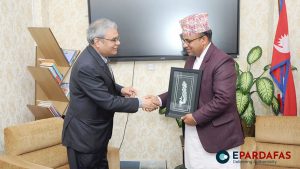
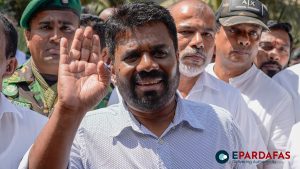


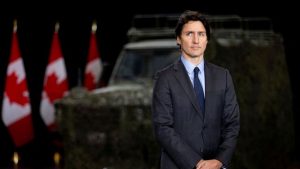




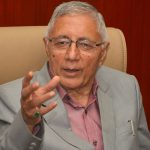

Comments